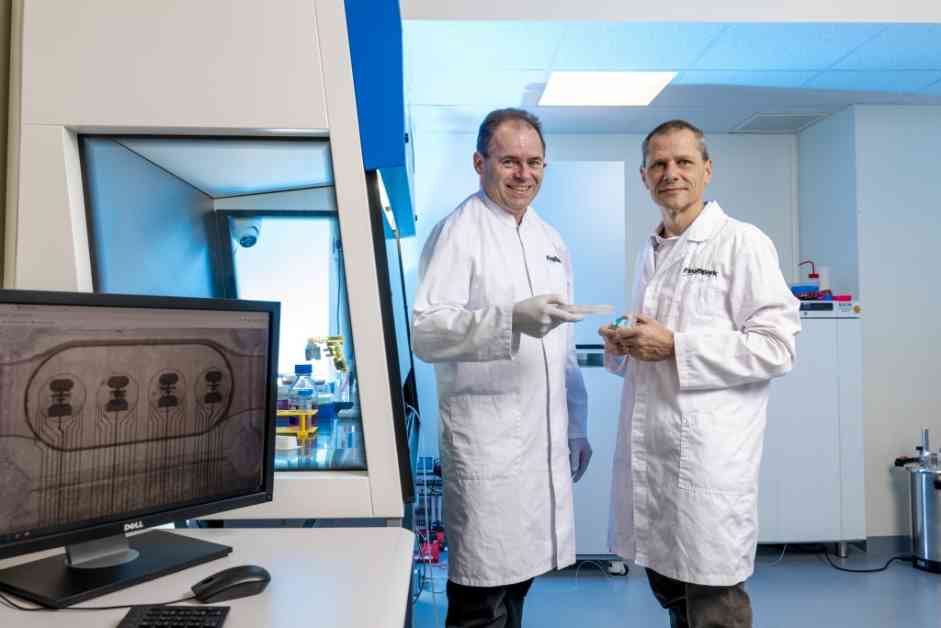The merging of technology and biology is paving the way for a revolutionary transformation in the world of computing. Imagine a scenario from a science fiction movie where a human connects with a computer – well, that might not be as far off as we once thought. Researchers in Switzerland have successfully engineered a biocomputer that utilizes living brain cells in place of traditional circuits. This cutting-edge machine boasts a remarkable reduction in energy consumption compared to conventional computers.
For years, scientists have been striving to develop AI systems that replicate the computational power of the human brain. However, as these artificial brains grow in complexity, they demand more and more energy. The newly developed biocomputer takes a novel approach by harnessing the innate efficiency of actual brain cells. This breakthrough represents a significant step towards a future where technology and biology converge, potentially signaling a new era of computing with a substantially decreased environmental footprint.
The groundbreaking research has been documented in Frontiers in Artificial Intelligence and comes from the innovative minds at FinalSpark, a Swiss biocomputing startup. Their revolutionary platform offers continuous access to 16 human brain organoids, with the aim of creating the world’s first living processor. These bioprocessors, consisting of living neurons capable of learning and processing information, consume a fraction of the power used by traditional digital processors. This could have a profound impact on reducing the environmental consequences associated with the escalating use of computers worldwide.
Dr. Fred Jordan, co-founder of FinalSpark, emphasized the importance of international collaboration in achieving such a groundbreaking milestone. The team behind the biocomputer project envisions a future where bioprocessors, like the brain-machine interface system they are developing, revolutionize the field of computing by drastically cutting energy consumption.
In their published paper, which has undergone rigorous peer review, Dr. Jordan and his colleagues reveal that the Neuroplatform has been instrumental in working with over 1,000 brain organoids in the past three years. This has led to the accumulation of a staggering 18 terabytes of data, showcasing the immense potential of biocomputing in the realm of information processing.
The implications of this biocomputer technology extend far beyond just computational efficiency. With further advancements and refinements, we could be looking at a future where human-machine integration reaches unprecedented levels, opening up a world of possibilities for innovation and sustainability. The journey towards fully realizing this vision will undoubtedly require continued collaboration and dedication from the global scientific community.

